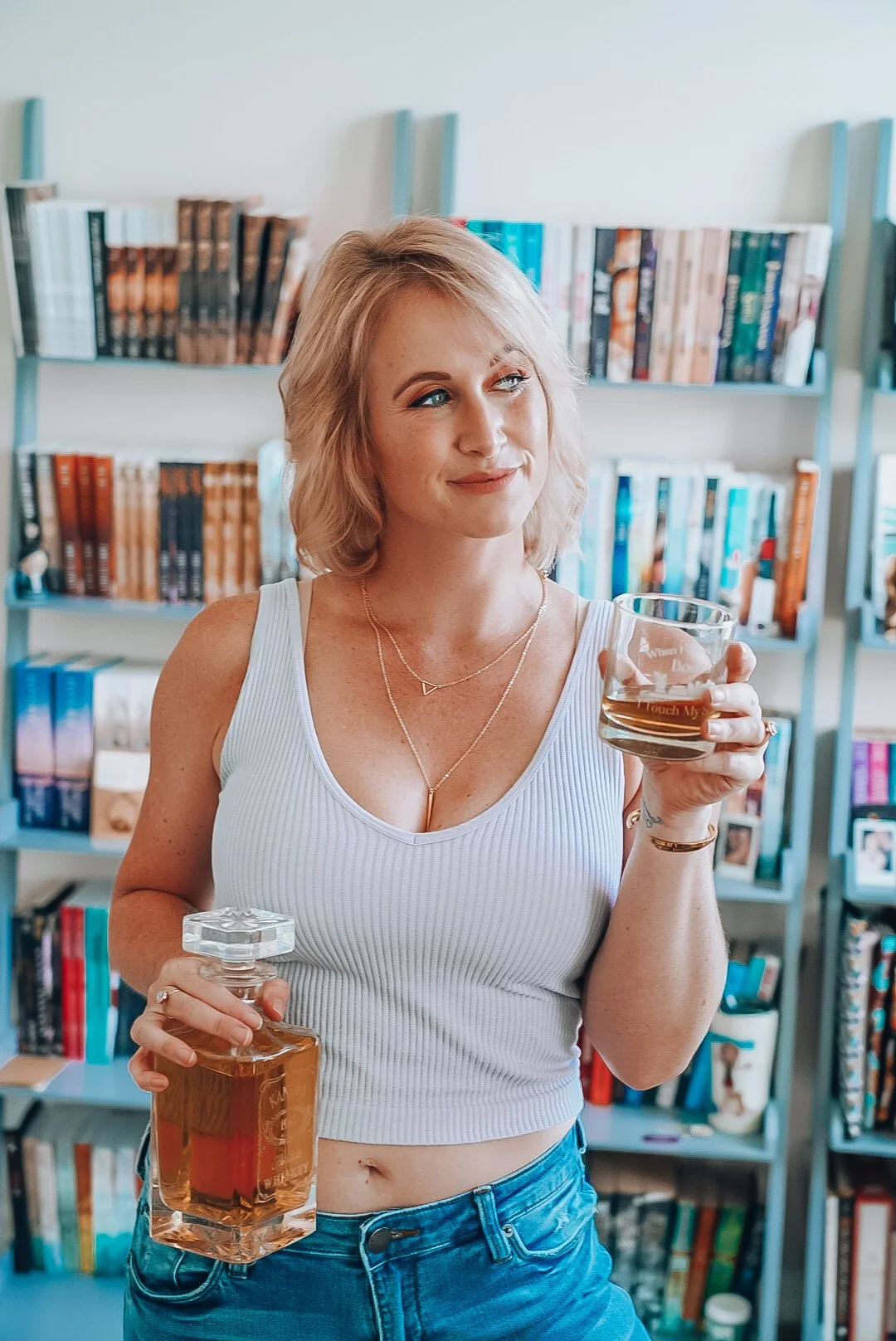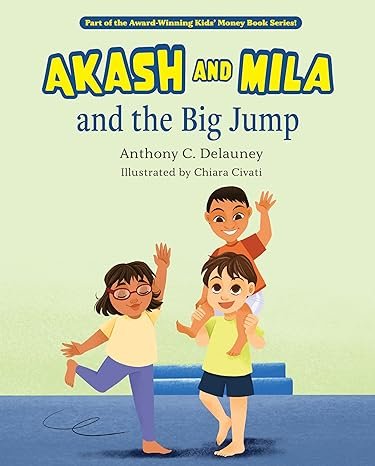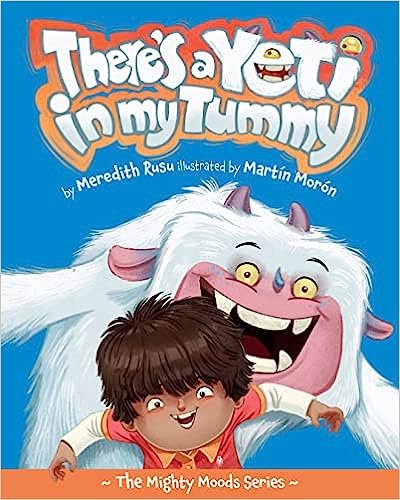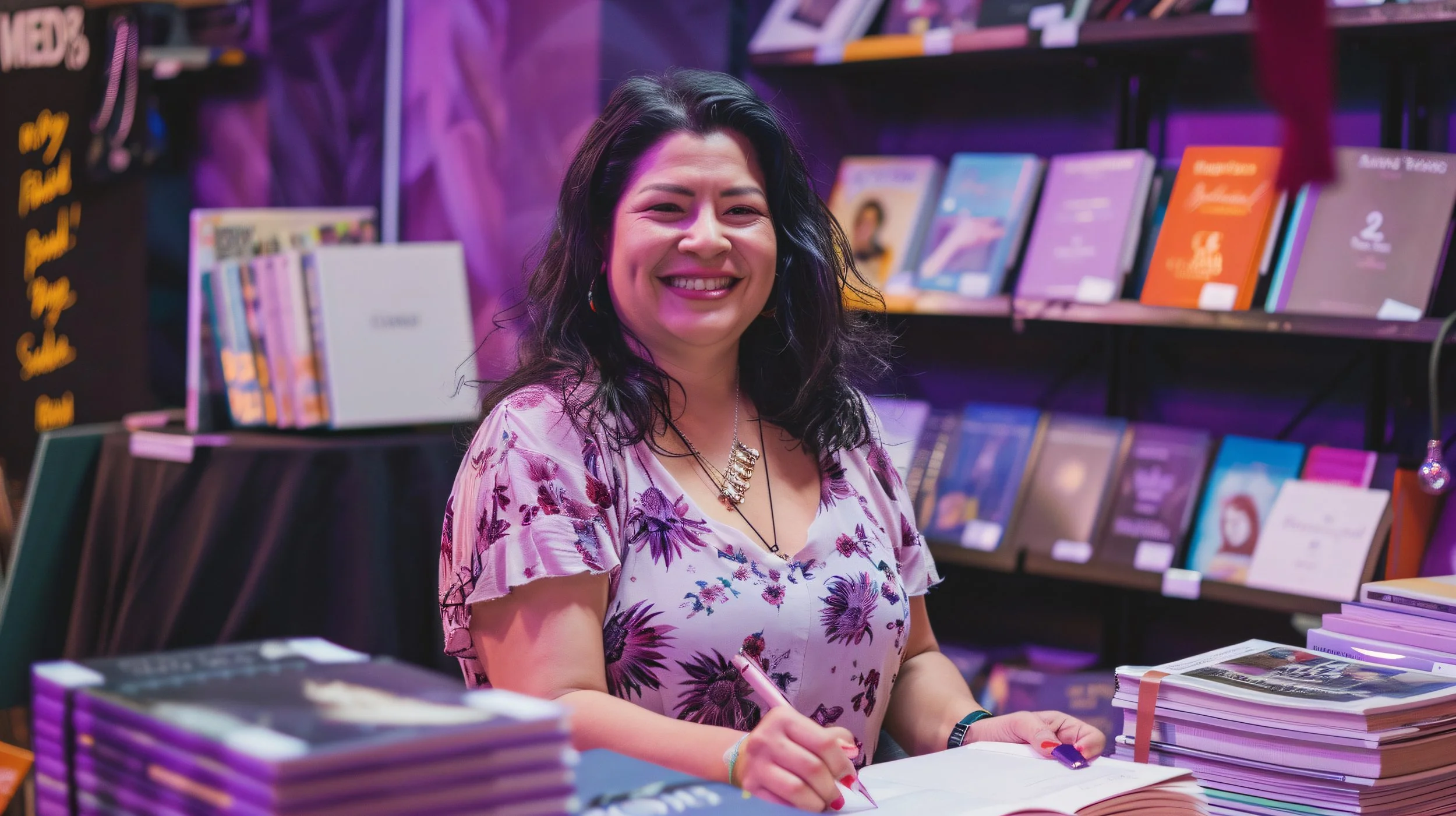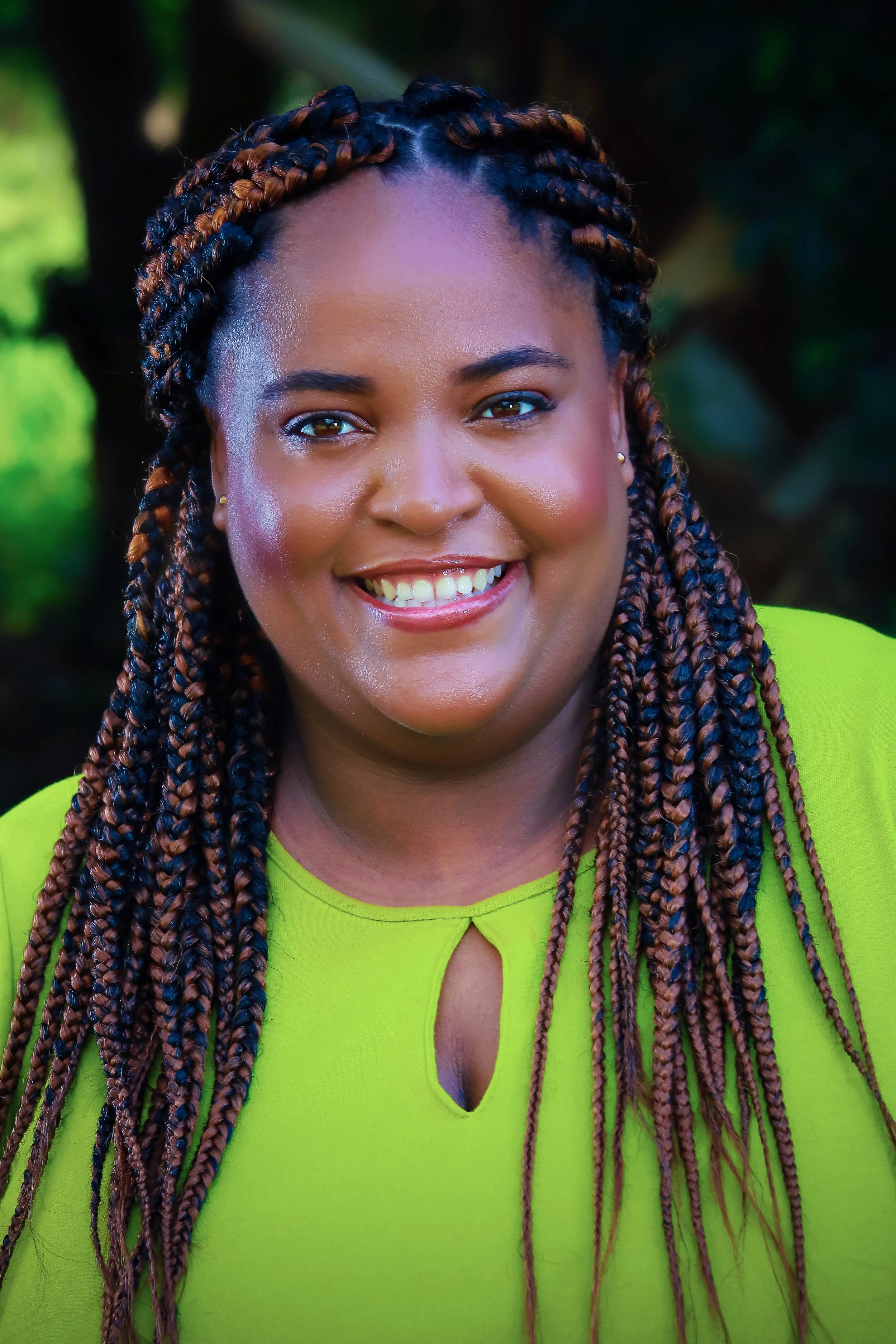Q&A with Caitlin Crews, The Return of the Di Sione Wife
/How did you come up with the relationship between Dario and Anais?
The Return of the Di Sione Wife is actually a part of a continuity, which means I was given a little brief on Dario and Anais’s relationship when I started. I knew that they were married, estranged, and had a child—but it was up to me to infuse all of that with angst and emotion! (The fun part, in other words!)
What is your favorite part about writing for The Billionaire’s Legacy?
I really loved my characters and my book, but the really great thing was that the incomparable Sharon Kendrick was writing my hero’s estranged twin brother at the same time. That meant we spent a lot of time discussing our delicious heroes, and sent each other any mentions of them in our books, so we could make sure to maintain the tone and story between both books. It was so much fun!
Do you prefer to write classic romance or heroes and heroines?
I don’t know what this question means. I love all kinds of romance. I love getting to immerse myself in the love stories of complicated people. I love learning all their secrets and figuring out the unique keys to their hearts. Writing romance isn’t just fun, it’s deeply rewarding!
What was the first book that made you cry?
I’m pretty sure it was Misty of Chincoteague. ☺
How long do you spend researching before beginning a book?
I prefer to jump in and get a feel for the characters and their dynamic. Once I have that, it’s a lot easier to research different things and see where that takes me. But the central relationship is the key. It’s what everything else hinges on. I could research for years, but if the reader doesn’t invest in the romantic relationship between the main characters, the book is a failure no matter how in-depth and annotated my thoughts on the scenery are.
How do you select the names of your characters?
Sometimes they just come, fully named. Other times I think they have one name and halfway through the book it turns out they have another one. Don’t tell anyone, but I’ve also written whole books and known the characters’ names were wrong. But I couldn’t figure out the right one! Books are strange. Sometimes they have minds of their own. ☺
If you didn’t write, what would you do for work?
I shudder to think.
Do you believe in writer’s block?
I don’t. You’re always going to hit walls in your productivity and creativity. That’s the nature of things. Whether that’s because of external issues or internal ones based on the writing, there’s no escaping them. Writing is hard. Living life as a creative professional is hard. But at the end of the day, writing isn’t just my passion. It’s my job. If I worked at a big company I couldn’t call in and announce I’d hit a block and wouldn’t be in until it passed. (I mean, I could. But I’d expect to be fired.) If the block is there because of external issues, I think you grit your teeth and try to angrily get the words down, because when you look back, all you’ll see are words, not your feelings while writing them. If the problem is that the book is broken? Well. 85% of the time it’s that I don’t know the characters well enough or I haven’t quite captured their voice. Taking a day or so to think and read and try to come at things a different way is key. But eventually you have to sit down and write, even if you hate it. I always tell myself to just tell the story. And when I concentrate on that, things seem to fall into place.
What is your favorite thing about fall?
EVERYTHING. Especially cozy sweaters and cute boots!
Are you excited for Halloween? If so, do you have a favorite scary story?
I like Halloween, though I don’t participate. I like seeing all the little kids out in the dark in their cute costumes!


















